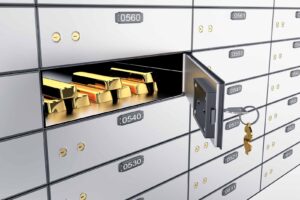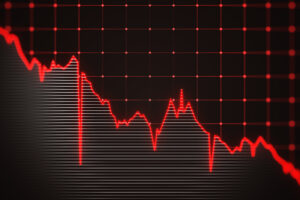The U.S. government officially owns over 8,100 tonnes of gold—the largest gold reserve in the world. But surprisingly, it still values this gold at an outdated price of $42 per ounce, a number set back in the 1970s. This undervalues its gold holdings on paper at just $11 billion, while in reality, at today’s prices (over $3,000/oz), they would be worth closer to $765 billion.
So why hasn’t the U.S. updated its gold valuation? Because a gold revaluation would send a clear message: the U.S. dollar has lost significant value. That’s not something policymakers are eager to admit.
Still, during Trump’s presidency, there was some talk about revisiting this outdated policy. A revaluation could give the U.S. Treasury a one-time financial boost by instantly increasing the value of its gold reserves.
This opens the door to a provocative thought experiment: what if countries like Australia did the same? Australia sits on 9,500 tonnes of unmined gold—17% of the world’s underground reserves. If it chose to mine and store this gold, it could theoretically surpass the U.S. in bullion holdings.
Gold miners use a key measure called the all-in sustaining cost. It accounts for all the expenses involved in mining and processing gold. On average, this cost is about $1,200 per ounce across global operations.
Now, with a conservative gold price of $3,000 per ounce, Australia’s 9,500 tonnes of untapped gold could be worth around $600 billion USD, or roughly $940 billion in Australian dollars.
In the context of a potential gold revaluation, that buried treasure could take on even greater importance—highlighting the hidden wealth lying beneath Australia’s surface.
Investing in Physical Metals Made Easy
Open an AccountGet Gold & Silver Insights Direct to Your Inbox
Join thousands of smart investors who receive expert analysis, market updates, and exclusive deals every week.








